Water as a Tool of War: Qaddafi Loyalists Turn Off Tap for Half of Libya
Muammar Qaddafi’s great achievement of tapping desert aquifers and sending the water hundreds of kilometers to Tripoli, the capital, and other coastal cities is now the focal point for sabotage and siege. Aid agencies have begun humanitarian relief as rebel leaders try to gain control of water-producing regions.
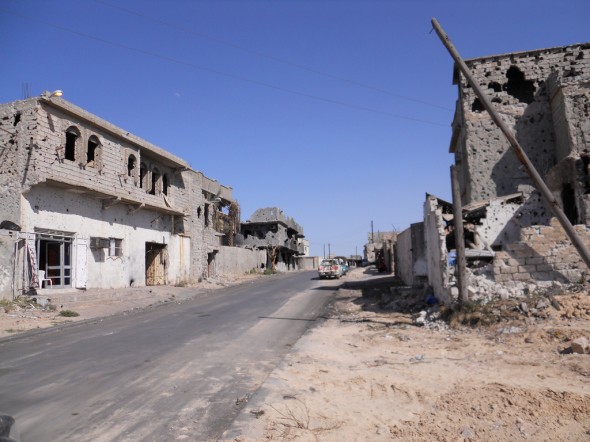
Libyan forces loyal to Qaddafi have taken control of the operation center that supplies Tripoli with water from the Great Manmade River — the 2,820-kilometer (1,752-mile) network of pipes, pumps, and storage tanks that Qaddafi began building in 1984 — according to yesterday’s report by The National, an English-language newspaper in the United Arab Emirates.
The western half of the country is now without running water, according to The National, and international organizations have initiated relief efforts in the Libyan capital. Power cuts have disrupted the pumps running the water supply. Qaddafi’s forces have attacked water operation centers and still control two cities that are essential to operating the system. There have also been rumors that Qaddafi’s supporters have poisoned a reservoir, according to The National.
“Our staff were terrorized,” said Abdussalam Jehawi, a board member of the Great Manmade River Authority in Benghazi. The loyalists “stole their four-wheel drive vehicles, used machine guns, took all their food,” he told The National.
A back-up operations center in the eastern city of Sirte is also beyond reach. Sirte, Qaddafi’s hometown, is one of the few cities still held by troops loyal to the deposed leader.
A member of the rebel National Transitional Council told the Sydney Morning-Herald that the council was still trying to gain control over much of the country’s remote, rural southern region. He did not know of any plans for how to secure water supplies and oil facilities in that region.
The European Union has allocated $US 16 million for humanitarian needs. The United Nations Children’s Fund (UNICEF) delivered some 113,000 bottles of water to Tripoli in the last week and is preparing to deliver 5 million liters (1.3 million gallons) by truck and tanker from sources in neighboring countries. An aid organization from the island country of Malta is sending a ship with 300,000 liters (80,000 gallons) of bulk water and 50,000 liters (13,000 gallons) of bottled water.
“UNICEF is responding to the immediate needs in Tripoli, but we remain extremely concerned about the situation, should there be a shortage of water in the coming days,” said Christian Balslev-Olesen, the head of UNICEF’s Libyan office, in a press statement. “This could turn into an unprecedented health epidemic.”
A UNICEF team is currently exploring alternative water supply wells within Libya.
The Great Manmade River provides billions of liters of water a day from 1,300 wells in the Sahara. Because substantial amounts of electricity are needed to move the water through the system, power cuts during the revolution have periodically put the water supply at risk.
Last week, during the first day of fighting in Tripoli, an 18-hour power outage cut new water supplies from flowing to the capital, The National reported. Now that they control most of the capital, the rebels are shifting their focus to the areas that regulate the water supply.
“This could be taken care of soon, if Sabha and Sirte are taken by the rebels,” Jehawi, the river authority board member, told The National. “Until then, there is not much we can do.”
Sabha, near the main water source for the Tripoli line of the Great Manmade River, is likely the last stronghold for Qaddafi, rebel leaders told Reuters.
Opposition forces have been fighting the Qaddafi regime since early this year, as waves of revolutionary action have rippled throughout the Middle East and North Africa. Last week, the Libyan rebels seized control of the capital for the first time.
For more about Libya’s Great Manmade River and how , see Circle of Blue’s Infographic: Going the Distance, From Ashgabat to Whyalla—10 Cities Pumping Water From Afar by intern Kelly Shea.
For more information on where water has instigated conflicts and where it became a target of war, see the Pacific Institute’s Water Conflict Chronology.
Sources: The National, Sydney Morning-Herald, Times of Malta, UNICEF, Reuters
Brett writes about agriculture, energy, infrastructure, and the politics and economics of water in the United States. He also writes the Federal Water Tap, Circle of Blue’s weekly digest of U.S. government water news. He is the winner of two Society of Environmental Journalists reporting awards, one of the top honors in American environmental journalism: first place for explanatory reporting for a series on septic system pollution in the United States(2016) and third place for beat reporting in a small market (2014). He received the Sierra Club’s Distinguished Service Award in 2018. Brett lives in Seattle, where he hikes the mountains and bakes pies. Contact Brett Walton



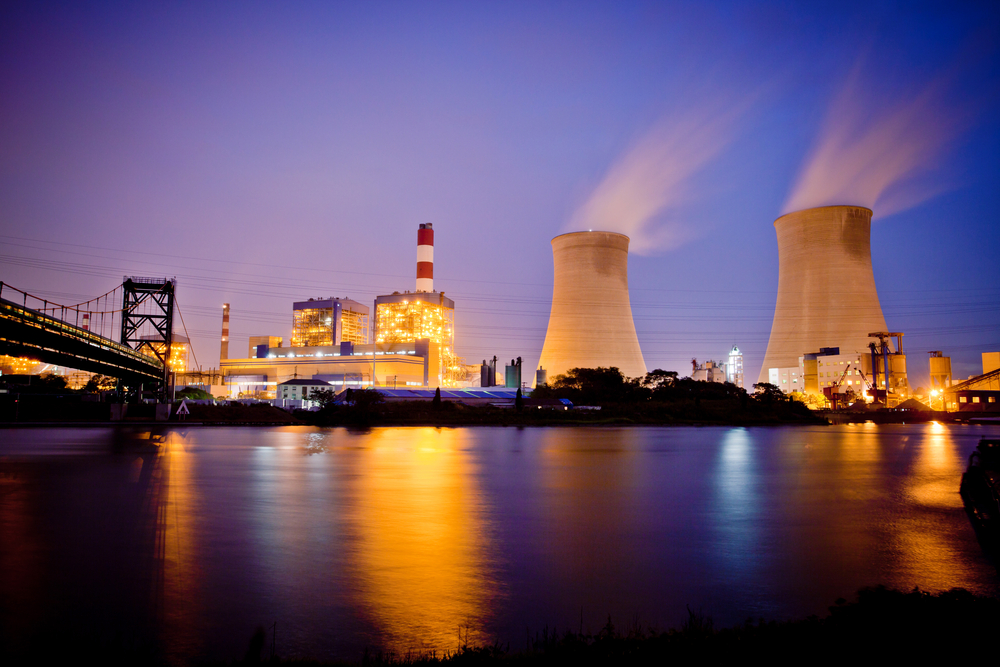

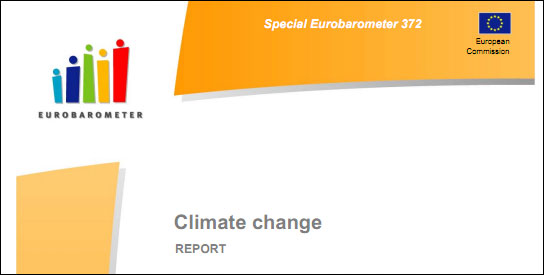
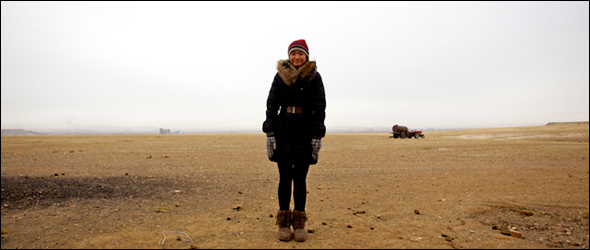

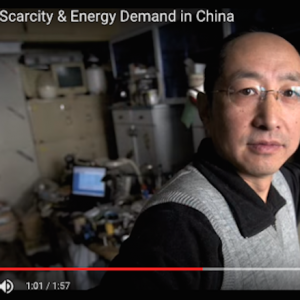
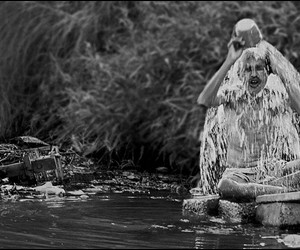
Leave a Reply
Want to join the discussion?Feel free to contribute!